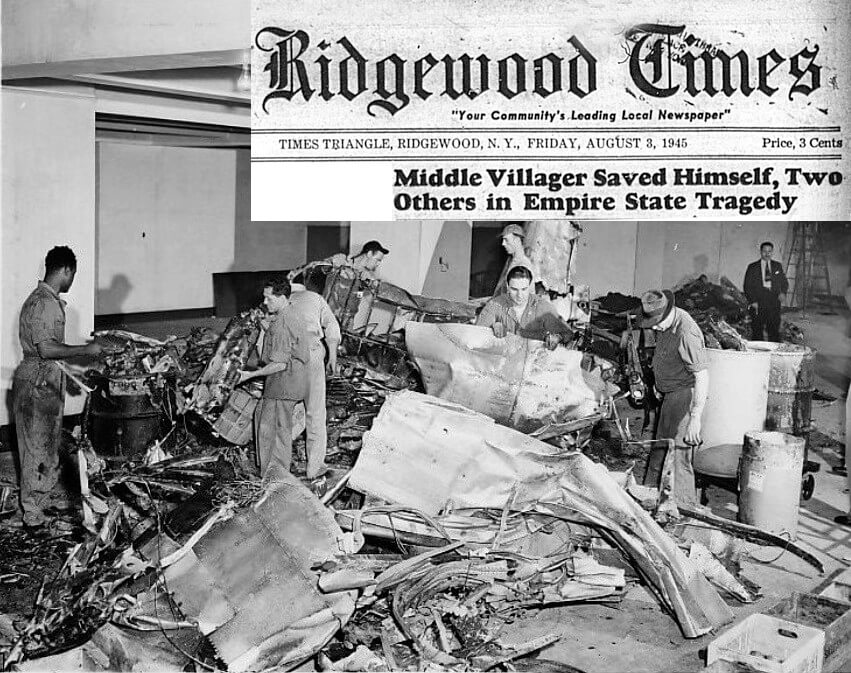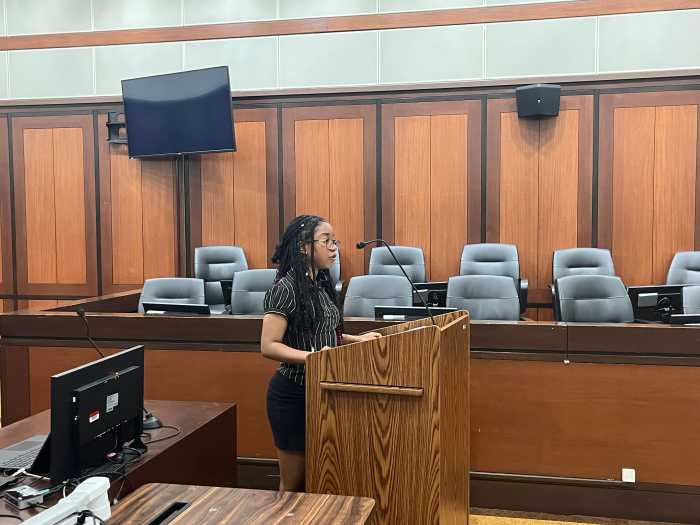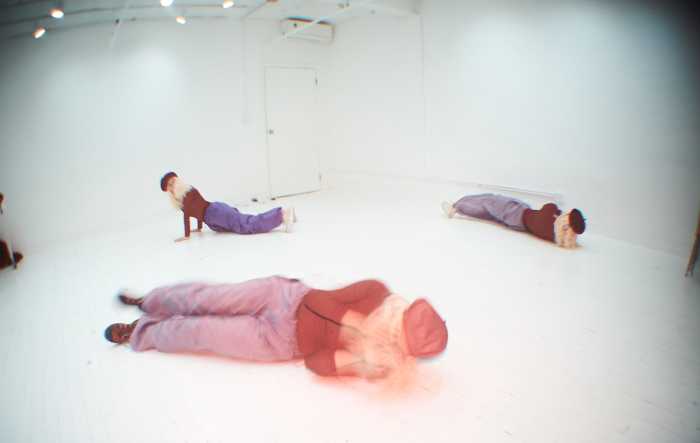In the waning weeks of World War II, New York City was stunned by a disaster unlike any other in its history, up to that point.
On Saturday morning, July 28, 1945, a U.S. Army bomber carrying three crew members from the Bedford Army Air Field in Massachusetts was set to touch down at LaGuardia Airport. Air traffic controllers, however, directed the crew to land at Newark Airport instead.
The city was shrouded in fog that morning, so thick that it was impossible to see the upper floors of the Empire State Building. The controllers relayed that information to the pilot, Lieutenant Colonel William F. Smith Jr., who began to fly the plane low and slow for better visibility.
However, Smith soon realized that he was on track for a collision with the Chrysler Building and panicked. He swerved to avoid striking the skyscraper, but before Smith could realize it, the plane crashed into the north side of the Empire State Building.
The bomber burst into flames upon impacting the 79th Floor, killing the crew on board and 11 people working in the National Catholic Welfare Conference located on that level. Jet fuel spread down to the 75th Floor and set off a large office fire across numerous floors of the building.
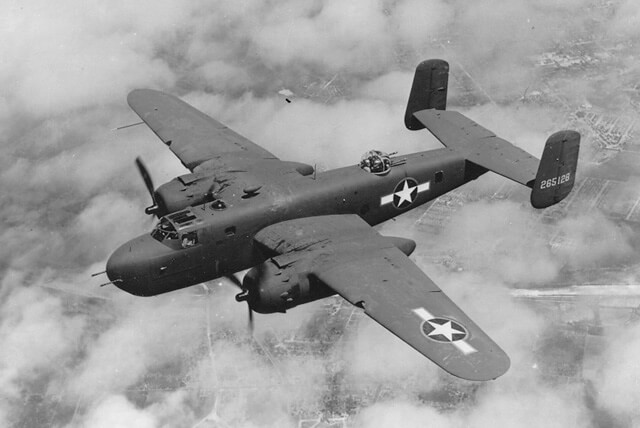
It’s a story with elements that are eerily similar to the tragic events of Sept. 11, 2001 — but that incident, of course, was a calculated attack with devastating consequences. The 1945 crash at the Empire State Building was a horrible accident, and it occurred on a weekend, at a time when fewer people than normal were working in the skyscraper.
In so many tragedies, unlikely heroes always seem to come forward. One of them happened to be Daniel J. Norden of Middle Village, who was working at the Empire State Building at the time of the 1945 crash and stepped up to save not only his own life, but also the lives of several of his co-workers.
His story made the front page of the Aug. 3, 1945, issue of the Ridgewood Times, and we present the story in its entirety:
Daniel J. Norden of 83-33 Penelope Ave., Middle Village, one of the heroes of the Empire State Building tragedy, thrilled neighbors with his story of how he smashed his way out of his flame-encircled office on the 80th floor with a hammer and rescued two companions.
Norden, who is assistant New York manager of the Caterpillar Tractor Company, said he was sure that “this was the end” on Saturday when the Army B-25 bomber crashed into the building one floor below his office.
He told how he was sitting at his desk when he heard the crash. He said he could feel the building vibrate and was knocked to the floor by the impact before he knew what happened.
Norden said:
“Arthur E. Palmer, an engineer who works in our office and the only person there with me, fell out of his chair, too. As we were getting up, one of the elevator girls came rushing in. She was crying and pretty badly burned.”
He said he opened the back door “and saw that it was a furnace out there.” He then looked at the windows and the flame was sweeping up past them. The room was filled with gas and the floor was beginning to get hot.
The Middle Village man turned to Palmer and said, “Art, I guess this is the end.”
Then he thought of the hammer.
Rushing to the supply closet, he seized the 12-inch claw hammer and began pounding frantically on the south wall. The plaster fell away, and soon he had smashed a hole the size of his fist.
As he was pounding, the fire came closer and closer, and he was choked by the smoke. The girl was screaming for help and as he smashed his way out, he attempted to quiet her.
Finally, he smashed a hole big enough to escape through and pulled the girl after him with Palmer following. They made their way to a fire stairway in the middle of the building and came out on the 66th floor, where the elevators were running.
A veteran of World War I, Norden was overseas 18 months and was awarded the Purple Heart for wounds he received at St. Mihiel. When he was discharged after 28 months of service, he held the rank of corporal.
He and his wife and son, Dale, 12, have lived in Middle Village for four years.
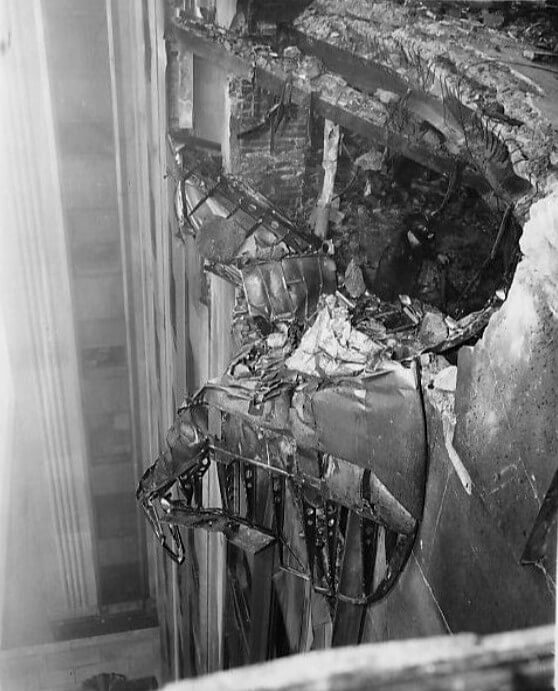
Norden’s remarkable tale was not the only story of heroism on the front page of the Ridgewood Times on Aug. 3, 1945. The paper published a list of local medal recipients for their service during World War II.
The honorees included Private First Class William R. Machol of Ridgewood, a scout and observer with the 35th Infantry Division, who earned the Bronze Star for his participation in the campaigns at Normandy, Northern France, Rhineland, Ardennes and Central Europe.
Private First Class Howard Teichmann of Irving Avenue in Bushwick also earned the Bronze Star for clearing an enemy-held bridge in France, allowing for Allied troops and vehicles to advance.
One other Bronze Star recipient we’ll note is Technical Sergeant Albert F. Thielmann of Glendale, who earned the medal for meritorious service in support of combat operations in the Apennine Mountains and Po Valley, Italy.
As noted in the citation mentioned in the article, Thielmann worked “under conditions of extreme cold and dampness” to effect “the prompt and efficient handling of administrative matters pertaining to a unit in constant contact with the enemy” after two superior officers wound up being hospitalized.
Additional sources: History.com and Time magazine.
* * *
If you have any remembrances or old photographs of “Our Neighborhood: The Way It Was” that you would like to share with our readers, please write to the Old Timer, c/o Ridgewood Times, 38-15 Bell Blvd., Bayside, NY 11361, or send an email to editorial@ridgewood-times.com. Any print photographs mailed to us will be carefully returned to you upon request.

